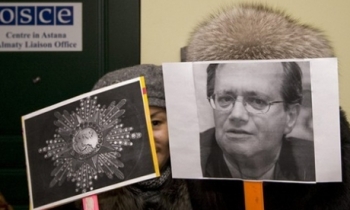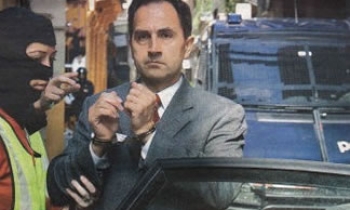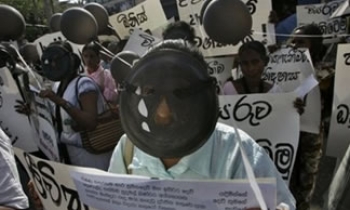THE reputations of many national newspaper editors are on the line this autumn but none faces so critical a test of his judgment as Alan Rusbridger, Editor of The Guardian.
Strategic decisions by Rusbridger’s two predecessors were critical to The Guardian’s standing. As editor for 19 years from 1956, Alastair Hetherington removed Manchester from the masthead, moved his office to London and made the paper a national. Peter Preston, editor for 20 years, introduced the money-earning, niche classified ad sections, oversaw the radical redesign in 1988, and launched G2, the first daily tabloid section in a national daily.
So it was a fair bet that the first broadsheet to go tabloid would be The Guardian. But it was The Independent, its main rival, that went "compact" first. Its sales are up by 38,000 on August 2003; The Guardian’s are down by 40,000. Sales of The Times, which started a compact edition soon after The Independent, are up by 50,000 over the same period, while those of The Daily Telegraph, its main rival, are down by 25,000 (see table).
Almost two years later and after an investment of at least £80 million, mostly in new presses that deliver colour on every page, Rusbridger responded this week by relaunching The Guardian in a "Berliner" format – midway between broadsheet and tabloid.
It has four daily sections, including sport, and is the sort of newspaper that Rusbridger has always espoused – serious, upmarket and, as one Guardian veteran put it, daring to be dull. The story count on Wednesday was higher in the Berliner than the broadsheet. The main criticism I’ve heard is that the front page lacks impact.
The Financial Times’s John Lloyd, a fierce critic of Britain’s shallow tabloid journalism, thinks that The Guardian could establish a new reference point in British journalism as a secular FT.
But let’s be frank. Many of Rusbridger’s fellow editors would be delighted if he fell flat on his face. They don’t enjoy being lectured about ethics and standards by Guardian leader writers. They don’t enjoy the barbs of its Media Monkey diarist. And they think that Rusbridger bottled out two years ago. If he had gone tabloid then, Guardian sales might now be 425,000, instead of 341,000. Rusbridger points out that there is a board minute recording that he suggested trying the Berliner format in August 2003.
I happen to be a fan of the Berliner size and salute Rusbridger’s courage – seen in the context of the crucial decisions by his two predecessors – in backing his own hunch and being prepared to wait. He has already successfully gambled on The Guardian and the internet, where the long-term future of newspapers will be played. Now he has gambled the newsprint Guardian’s future on the Berliner. He won’t be thanked if his judgment was wrong.
Supported by a costly marketing campaign, sales on Monday and Tuesday were well beyond 2003 figures but will inevitably fall over the next two months. Rusbridger will have been vindicated if December’s sales have settled at about 400,000.
There is furious activity throughout the market this autumn. The Times has revamped its Times2 section to appeal to women. The Daily Mail has poached Richard Littlejohn from The Sun, sports columnist Paul Hayward from The Daily Telegraph and the Garfield cartoon from the Daily Express. The Daily Telegraph, now Britain’s only mainstream broadsheet, is preparing new tabloid sport and business sections.
Autumn is always the new "season" for national newspapers but I can’t recall a year when the fighting was going to be so bloody and so many millions were being spent. It isn’t only Rusbridger’s head that is on the block. Study the table. Success and failure will be determined by who is up and who is down when the December sales figures are published.









